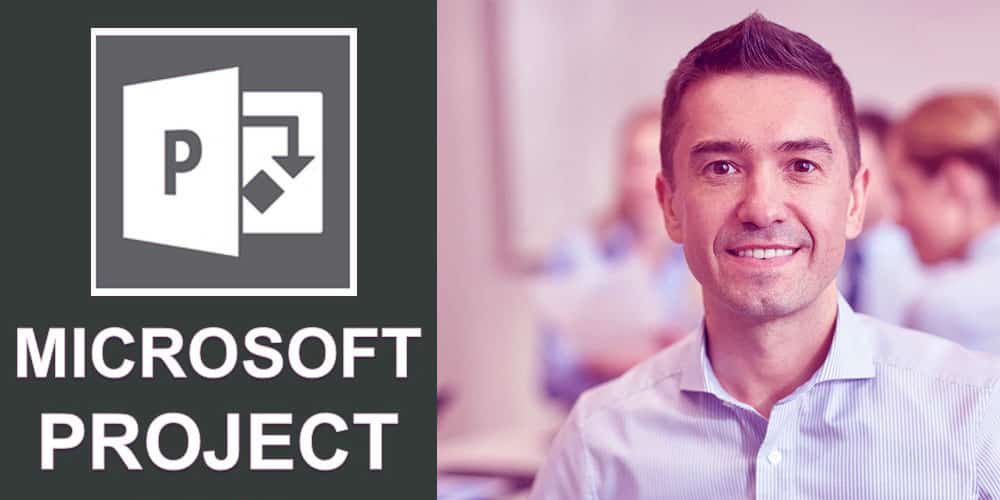The 4 Essential Tips For Beginners With Microsoft Project

Despite the growth of enterprise resource planning software and other project planning tools, Microsoft Project remains a common project planning tool. It is ubiquitous, widely available and has tight integration with both Microsoft Office and competing project planning tools. Here are four essential tips for beginners with Microsoft Project.
-
Start with Simple Projects
When you are learning how to assign resources and create Gantt charts in Microsoft project, start with a simple project. It could even be a personal project like planning the installation of a garden or swimming pool or a child’s science project. These projects let you learn how to set a schedule, assign resources and determine the budget without having beginner’s mistakes hurt you at work. One of the benefits of Microsoft Project’s ability to let you assign costs is that it can help you plan cash flow and set a baseline budget.
-
Utilise Free Educational Resources
There are plenty of good resources on Microsoft Project available for free on the internet. Before you start paying for expensive training be sure to make the most of these. For example, this free whitepaper on Microsoft Project gives you a full introduction to the software.
The ‘gotcha’ to avoid is making sure that you are reading the right version of whatever resource you are using. There is no point in reading MS Project 13 books when many companies are using MS Project 2016. The same issue comes up with YouTube videos on how to use Microsoft Project – make sure the free demonstrations available online are for the version of Microsoft Project you are using.
-
Think Big about the Project – then Go Small
Tackling a big project seems impossible when you start in the weeds. First think about the project from a grand scale. You’re building a house. You need to plan for the land purchase, the architect to design it, the material costs. Once you have these categories, you can research and estimate the time to do each. Let the expert sources or project estimates for each let you fill in the details on scheduling and cost. Don’t start by trying to figure out the cost of lumber for framing and time frame for the furniture purchases until you have a rough time and scope frame already.
Another example is planning an app’s launch. You may find yourself so busy trying to plan the details of marketing or product design you can’t handle the rest. Plan the big details first like when you want to go live. Set the rough time estimate it takes for someone to code and publish the app and your budget for doing so. Like Stephen Covey’s 7 Habits book says, once you have the big things in place, you can plan the smaller activities around it like picking out a logo, deciding whether or not you can afford an Android version after picking the Apple App Store as your priority and scheduling installation testing.
-
Collaborate
One of the benefits of Microsoft Project is its collaborative ability. Since Microsoft Project 2010, you can export project files to Sharepoint to share status and data with other people. You can also import Gantt charts from Excel. Simplify the project setup and management by relying on the expertise and files created by others.
Summary
Start with simple test cases that are non-essential to learn the basics of the tool. Use free educational resources as long as you are careful that you’re learning about the Microsoft Version you have. Start big when planning the project before you get caught up in the details. Rely on other software tools and share files with others to reduce the workload on yourself.
Bring the best of the CEOWORLD magazine's global journalism to audiences in the United States and around the world. - Add CEOWORLD magazine to your Google News feed.
Follow CEOWORLD magazine headlines on: Google News, LinkedIn, Twitter, and Facebook.
Copyright 2025 The CEOWORLD magazine. All rights reserved. This material (and any extract from it) must not be copied, redistributed or placed on any website, without CEOWORLD magazine' prior written consent. For media queries, please contact: info@ceoworld.biz








